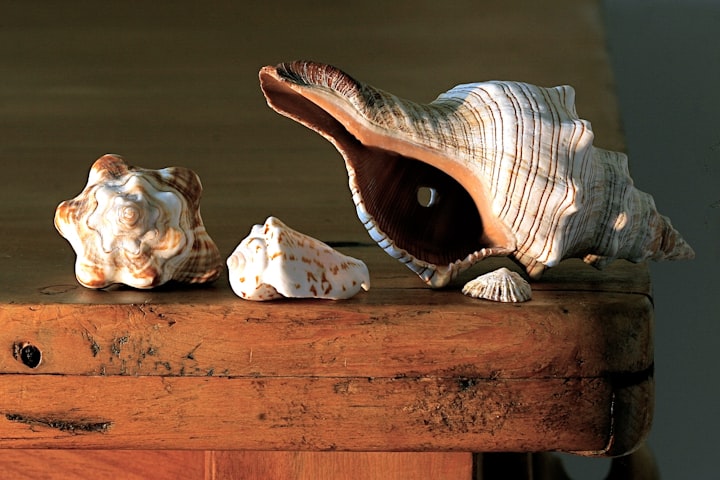Art of the Ancient Americas
From the Gulf of Mexico to Peru

The Olmec, Colossal Head #1, c. 1200-900 BCE, San Lorenzo, Gulf Coast, Mexico
The Olmec were the first major civilization in Mexico. They lived in the tropical lowlands on the Gulf of Mexico in the present-day Mexican states of Veracruz and Tabasco. The name Olmec is a Nahuatl (the Aztec language) word; it means the rubber people. In formally analyzing Colossal Head #1, we will concentrate on the physical attributes of this sculpture; identifying and analyzing imagery and symbolic features.

The image represents an individual and is considered portraiture; similar to the naturalism used by the ancient Greeks. The Olmec carved many of these portraitures and the physiognomies are all distinct. Further indication that Colossal Head #1 and ones like it are individual portraits. There are some symbols represented on this head.
The first is the paper slip in the earlobe; a symbol of auto-sacrifice. In other words, this imagery suggests bloodletting and self-sacrifice. The fact that this sculpture includes the paper strips suggests that this individual performed auto-sacrifice. Another symbol includes several drill holes across the face of the sculpture. The drill holes, combined with the burial of this artifact, suggest that the life cycle of the monument had ended. This may indicate the death of the individual or even the end of a particular dynasty.
The message sent by the monumental Colossal Head #1 can be pushed further when the work is understood within its original context. Through the use of a large piece of basalt, it indicated its owner's access to resources and long-distance trade routes. This particular sculpture was found buried, face down indicating a return to the underworld and eventually returning to heaven. Other sculptures like this one were located on rises of landscape or at crossroads facing away from the city (i.e. San Lorenzo) representing a guardian role. These sculptures had different representations. Others were found with Jade ear flares signifying elite status. Yet the jaguar paws seen on at least one headdress suggest warrior status. These differences have helped art historians to determine that these sculptures represent individual rulers in the Olmec culture. The Olmec were not the only civilization in Mesoamerica to carve individual representation. The Chavín culture in Peru also carved stones.
The Chavín, Supernatural Holding Strombus and Spondylus Shells, Chavín de Huantar, Peru

Unlike the Olmec heads, the Chavín depicted supernatural beings. The Chavín, Supernatural Holding Strombus and Spondylus Shells, Chavín de Huantar, Peru is one example. A civilization in the northern Andean highlands of Peru from 900-250 BCE, known for its construction of temples and their advancements in engineering and metallurgy. The diagnostic attributes or the characteristics that are so commonly associated with a god include the oval eyes and upturned lips. The presence of these attributes helps to identify that this carving is that of a god. This figure is related to or is a part of the staff go motif. In addition, this supernatural being is holding shells that represent water and fertility. Access to water demonstrates access to trade networks within Mesoamerica. The use of god motifs is central to the religious beliefs of the cultures found throughout Mesoamerica. Like the Chavín, the neighbors of the Olmec carve monuments representative of various gods.
Olmec Neighbor, Inverted T-shaped Monumental Stone Sculpture, 1000-800 BCE, Teopantecuanitlan, Guerrero, Mexico

Neighboring the Olmec cities like those of San Lorenzo, there were communities that carved monumental sculptures depicting gods. One example includes the Olmec Neighbor, Inverted T-shaped Monumental Stone Sculpture. This sculpture is found in Teopantecuanitlan, Guerrero, Mexico. This monument most likely presents the Maize god due to the oval eyes and upturned lip; a feature similar to the Chavín, Supernatural Holding Strombus and Spondylus Shells.
The Olmec, Ceremonial Paving, c. 1000-400 BCE, La Venta, Tabasco, Mexico
The Olmec Colossal Heads found in San Lorenzo are representative of actual individuals. In contrast to these heads, the Chavín carving Supernatural Holding Strombus and Spondylus Shells is representative of a god. However, the emphasis on the supernatural was not isolated to the Chavín. The Olmec held beliefs of the supernatural as depicted by the Ceremonial Paving.

The Olmec Ceremonial Paving located in La Venta, Tabasco, Mexico is a mosaic made with green stone which was covered with layers of colored sands. This mosaic shows a quadripartite arrangement that centers the site in four directions. This quadripartite, also known as a quincunx is a common Mesoamerican symbol that marks the four corners and sometimes also includes a central point. Its placement at a lower level suggests centering efforts along a vertical axis. This paving and its disposition represent the primordial waters of creation, the underworld, and heaven. The Mesoamerican cultures all have beliefs centered around the creation and gods that bring fertility to the land.
About the Creator
Rebecca A Hyde Gonzales
I started writing when I was about eight years old. I love to read and I also love to create. As a writer and an artist, I want to share the things that I have learned and experienced. Genres: Fiction, non-fiction, poetry, and history.






Comments
There are no comments for this story
Be the first to respond and start the conversation.